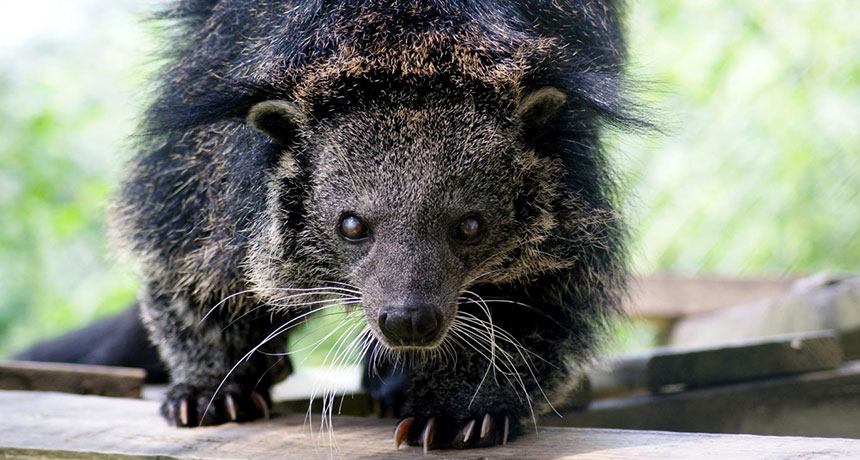Chemical behind popcorn’s aroma gives a bearcat its signature scent

Like all bearcats, Bok, who lives at Carolina Tiger Rescue in North Carolina, smells of popcorn. Scientists have traced the signature scent to a chemical found in rice and — yes — popcorn.
Photo courtesy of Carolina Tiger Rescue






